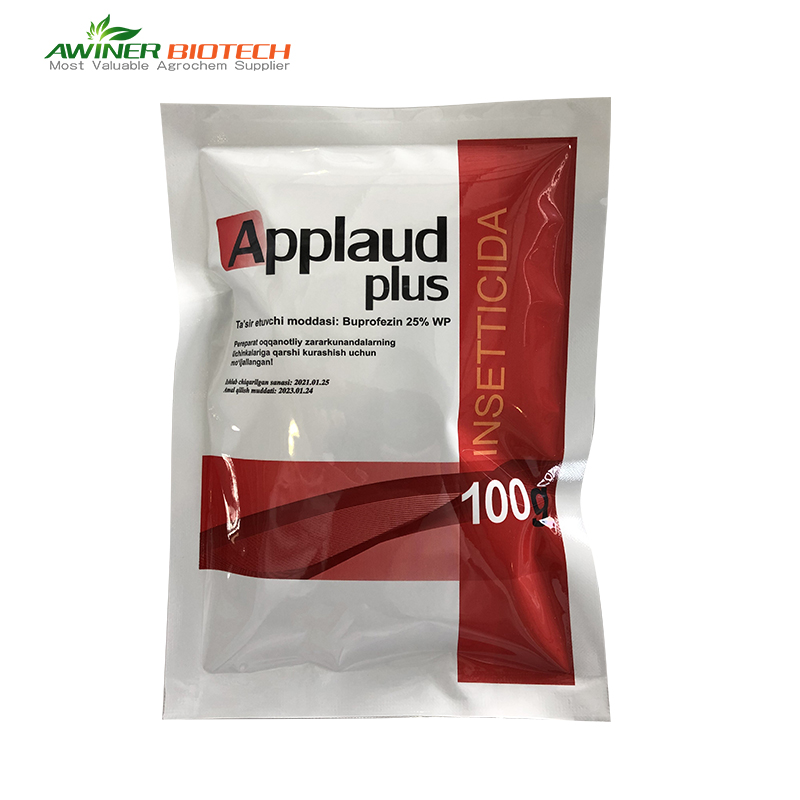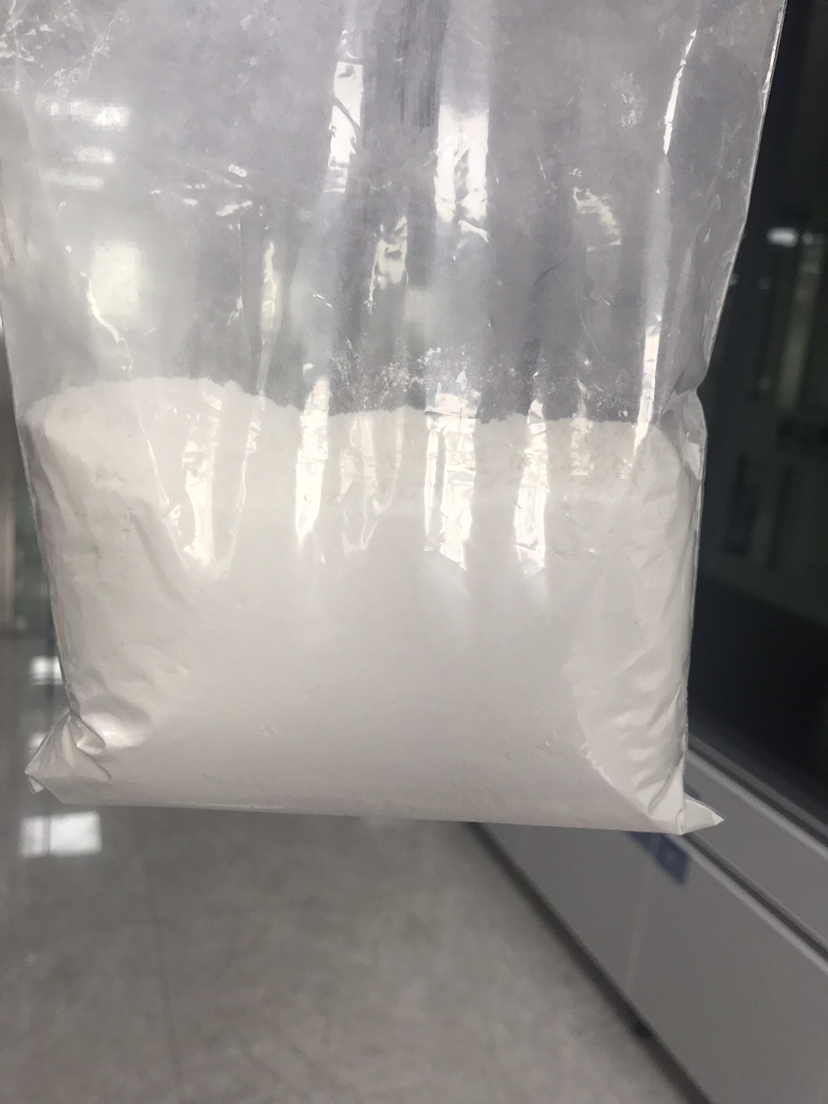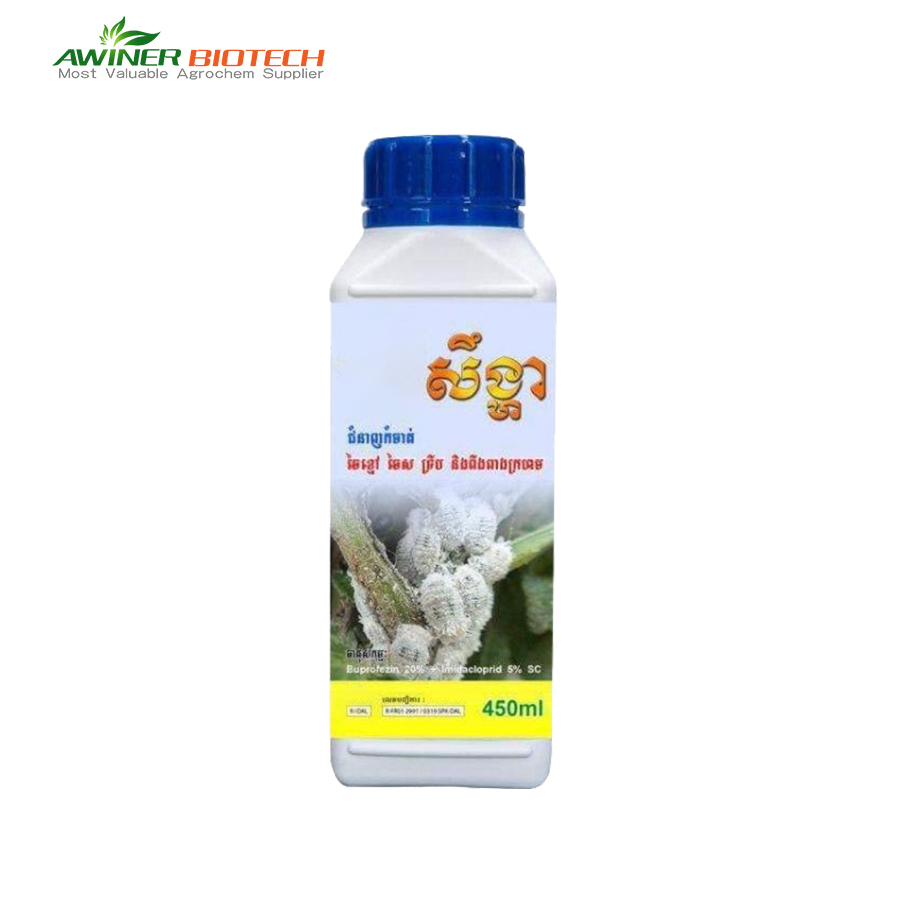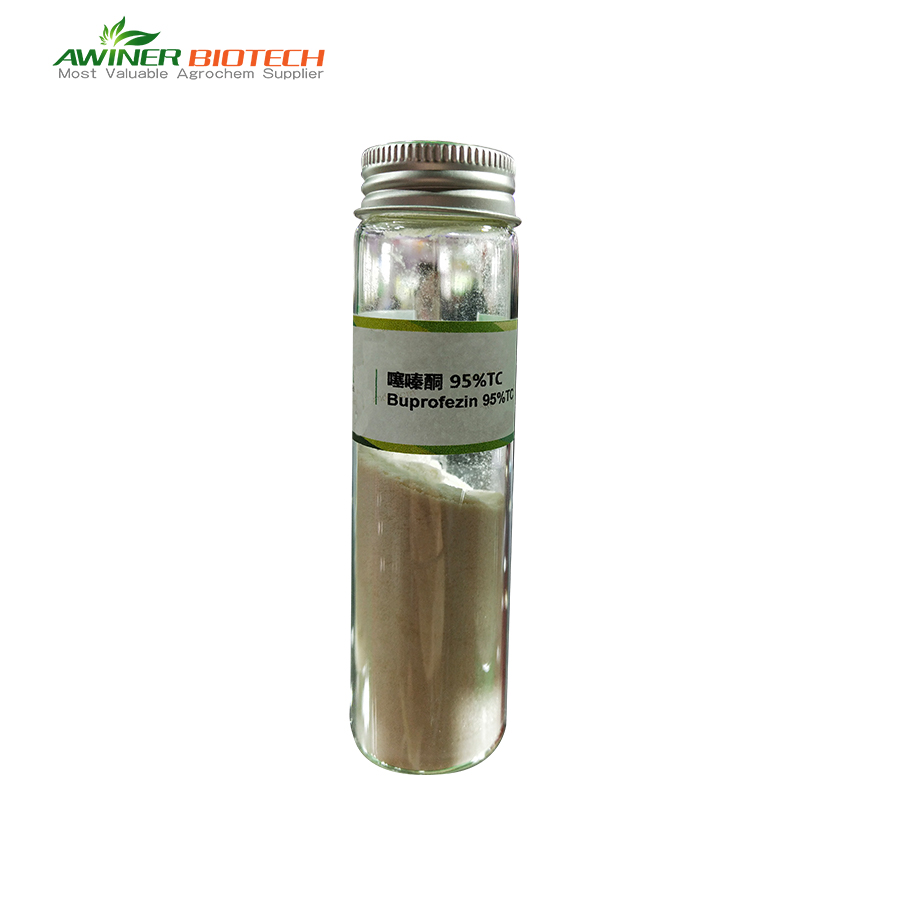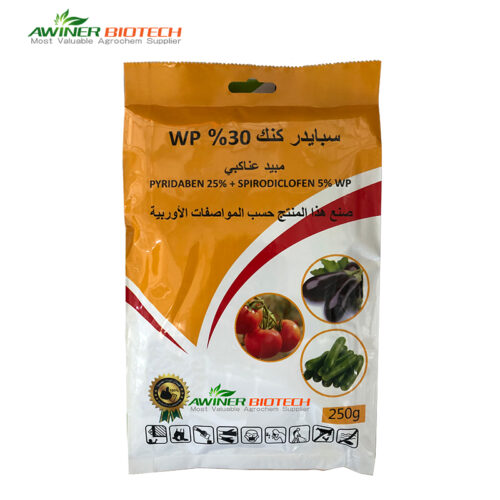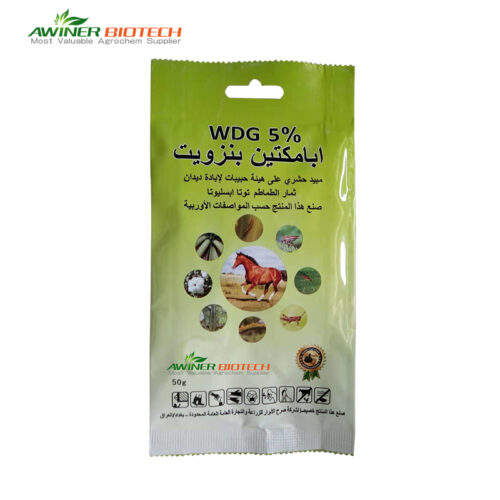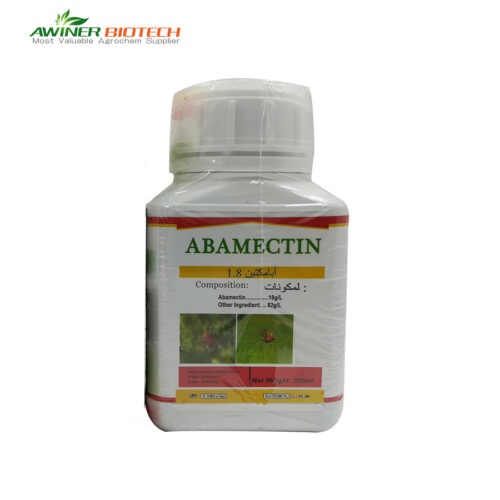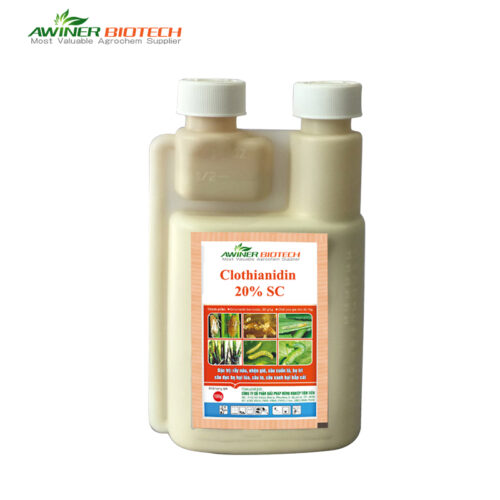Buprofezin |
|
| Dosage form | 25%WDG,40%SC,25% WP |
| Packing | 1L 、500ml 、250ml、100ml、50ml;1kg、500g、250g、100g |
| Formulation / Label | Customized |
| Sample | Yes |
| Crop-Pest | 1. Rice – Rice Planthopper 2. Citrus Tree – Scale Insects |
| Certification | SGS、 ISO 、BV |
| Delivery time | 20-30 days |
| Mixture products |
|
| Payment terms |  |
Buprofezin has strong contact and stomach poisoning effects. It is often used in the control of rice and vegetable pests and diseases. It can be used to control various fruits such as citrus, potato, rice, cucumber, wheat, tomato, planthoppers on melons, and leafhoppers.
About Buprofezin Insecticide
Buprofezin insecticide, also known as Dabuling, Pibuling, etc., was first discovered in the derivatives of thiadiazine. It was first developed by Nippon Agricultural Chemicals Co., Ltd. and registered in Japan for the first time in December 1983. Buprofezin is an inhibitor of chitin synthesis in insects. It mainly inhibits the synthesis of chitin in insects, interferes with the normal metabolism of insects, and hinders the formation of new cuticles of insects, so that nymphs moult deformed and die slowly. It has the characteristics of strong selectivity, high insecticidal activity, long residual period, low toxicity and less dosage.
Buprofezin insecticide has strong contact and stomach poisoning effects. It is often used in the control of rice and vegetable pests and diseases. It can be used to control various fruits such as citrus, potato, rice, cucumber, wheat, tomato, planthoppers on melons, and leafhoppers. , whitefly, cotton whitefly, rice brown planthopper, scorpion, citrus mealybug, red round scale and other Homopteran pests, and has persistent killing activity on some coleopteran larvae and larvae.
 |
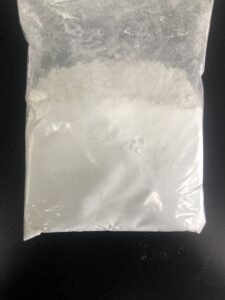 |
 |
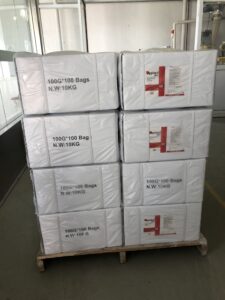 |
How to use
(1) To control vegetable whitefly, whitefly, etc., use 1000-2000 times liquid of 20% buprofezin wp, and spray evenly; when preventing and controlling small green leafhoppers, blackthorn whitefly, and gall mites on tea trees, it is best to use it when the tea leaves. In the early stage and the young stage of pests, 1000-1200 times liquid of 25% buprofezin wp evenly.
(2) To control rice white-backed planthopper, brown planthopper, etc., 50-80 grams of 25% buprofezin wp per mu, mixed with 60 kg of water and sprayed evenly. In the blooming stage of young nymphs, spray once each, focusing on the middle and lower parts of the plants.
(3) To control citrus scale insects, whitefly, etc., 800-1200 times of 25% buprofezin suspending agent , before the sting of scale insects such as scorpion or the early stage of nymph occurrence, or the early peak of whitefly occurrence Start spraying, and the liquid medicine evenly.
<About Awiner Biotech>







